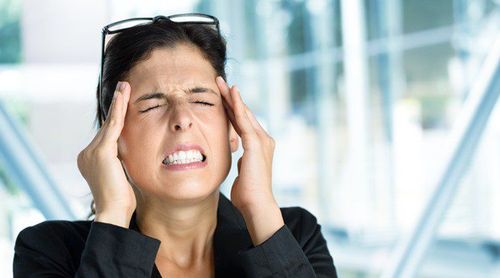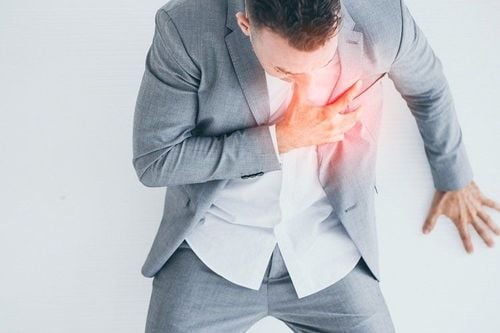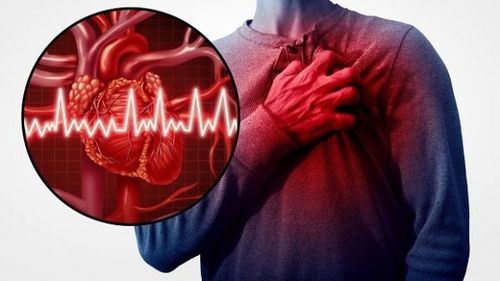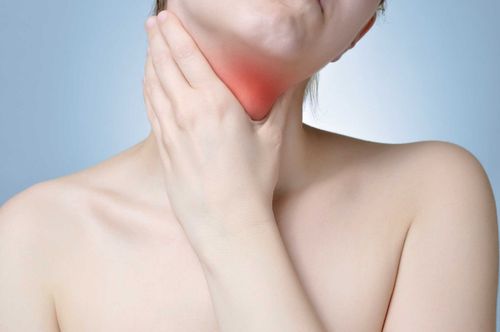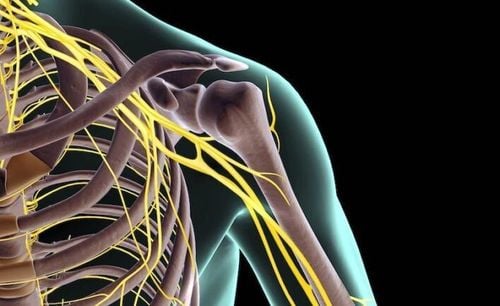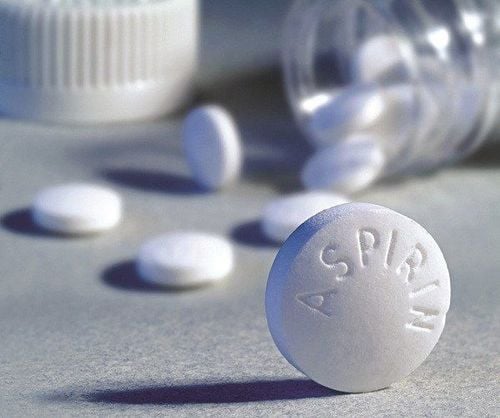This is an automatically translated article.
Article written by Doctor Le Thu Huong - Resident - Rehabilitation, Regenerative Medicine Center - Vinmec Times City International General Hospital.
Cerebrovascular accident or stroke is an increasing disease not only in the world but also in Vietnam. The majority of patients can be saved but leave sequelae in motor, cognitive, language, ability to swallow and self-cleaning. These problems greatly affect the quality of life of patients and caregivers, and are an economic burden for families and society.
1. Hand problems after having a cerebrovascular accident
Motor paralysis: In cerebrovascular accident, due to the influence of the damaged brain area, patients often have motor paralysis of half of the body, including arms, legs, trunk, even the face and other parts of the body. other cranial nerves.
Due to the affected muscle groups in the hand, the motor function of the hand is reduced, causing the patient to be completely or partially paralyzed, affecting activities, in which small muscle groups with functional performance The delicate movements of the hand are often quite severely affected.
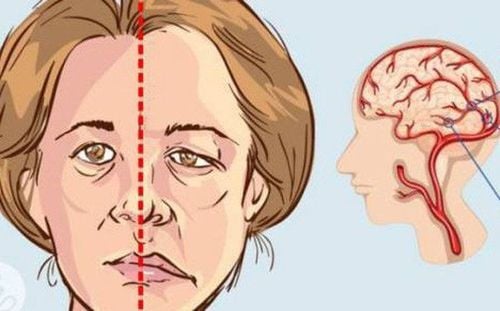
Muscle spasticity: After the disease stage, the patient will change from flaccid paralysis to spastic paralysis. Like other muscle groups on the side of the body that is injured, the muscle groups in the child's hand should be stiff, more severe can lead to contractures and joint deformities. As a result, joints such as shoulder, elbow, wrist, and finger joints have limited range of motion, making it difficult to perform normal hand activities
Pain: Along with motor paralysis movement and muscle spasms, pain is a fairly common symptom after a stroke, especially hand pain or upper limb pain.
There are many causes of this pain, the most common include:
Muscle spasticity: muscle tension, stiffness, contracture, joint deformity Sudeck syndrome due to sympathetic dysfunction, hand stiffness edema, decreased activity and pain Shoulder subluxation and shoulder dislocation Neurological pain
2.Improve hand function
The mobility of hands and hands will be gradually improved, the best recovery time is in the first month, and lasts up to 1 year, then the recovery will gradually decrease.
During this time, mobility exercises, upper limb functional exercises, daily living exercises and physical therapy methods, and assistive devices such as shoulder straps, arm braces can help The patient maximizes the mobility of the hand.
However, in many cases, delicate movements such as the ability to grasp objects and dexterity of the hands will no longer be the same, making activities difficult and requiring the help of tools. support tool.
2.1 Hand function assist devices There are many hand function assist devices for stroke patients with the aim of helping them to lead as independent life as possible after illness, from the most basic tools in daily life such as spoons, chopsticks, drinking glasses, combs to tools such as kitchen utensils, clothes...
These tools will be designed differently from The original original tools of normal people follow the following principles, depending on the patient's mobility.
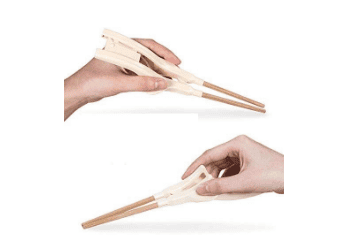
2.2 Increase the size of the handles of the utensils Because of the reduced fine motor hand movements, the hand tools used by stroke patients are often designed with larger handles to accommodate the person's ability to hold them. sick
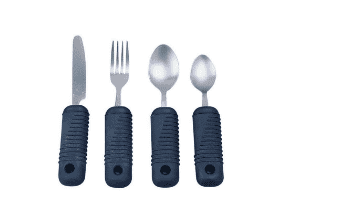
2.3 Changing the shape of objects To help with mobility limitations, some objects are designed with different shapes than usual to suit the patient's ability.
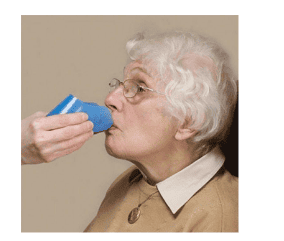
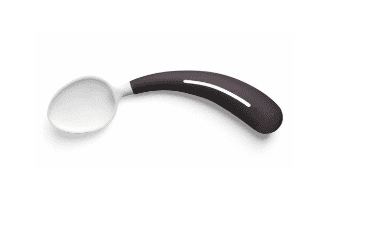
2.4 Add hand assist devices For patients with very poor hand function, in addition to changing the size and shape of objects, the patient needs additional support with grip aids to attach to the hand when in use.
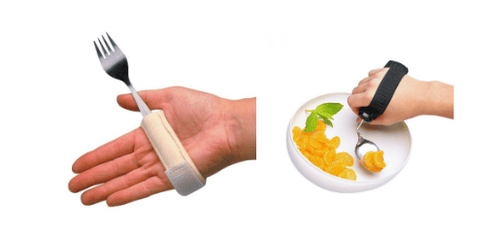
2.5 Smart Assistive Devices With more complex, dexterous activities, many stroke patients will need better assistive devices.
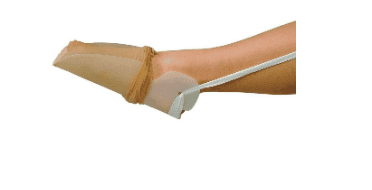
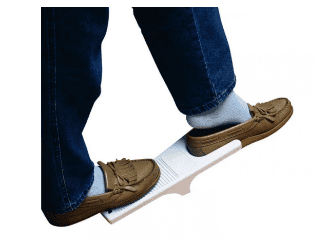
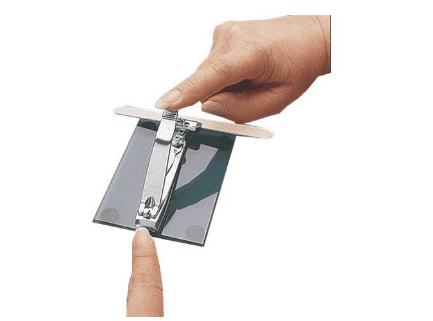
Please dial HOTLINE for more information or register for an appointment HERE. Download MyVinmec app to make appointments faster and to manage your bookings easily.





